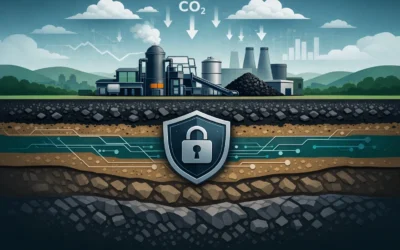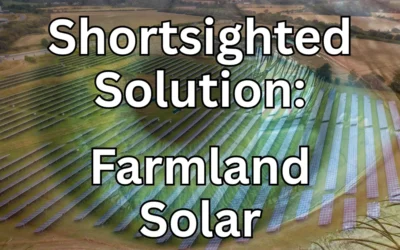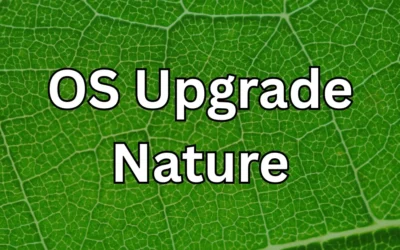As concerns about climate change continue to rise, more and more companies are claiming to be part of the solution by pursuing carbon credits. These are certificates that are sold to large emitters, allowing them to offset their carbon output by investing in activities such as reforestation, renewable energy, or energy efficiency projects. However, a growing number of experts are criticizing the legitimacy of certain projects that claim to sequester carbon by preserving existing forests. In this article, Dynamic Carbon Credits explores why these companies taking existing forest and claiming carbon credits on them is not actually sequestering additional carbon from the atmosphere and why it is a scam.
Firstly, it’s important to understand the science behind carbon sequestration. Trees naturally absorb carbon dioxide (CO2) from the atmosphere, using it in the process of photosynthesis to create energy for growth. Carbon is stored in the wood and other plant tissues, making forests an important sink for carbon. When trees are cut down or burned, they release the carbon back into the atmosphere, contributing to climate change. Therefore, preserving forests is seen as an effective way to mitigate climate change by keeping the carbon stored in trees.
However, companies claiming carbon credits from preserving existing forests are not actually sequestering additional carbon. This is because forests that are already intact are already sequestering carbon naturally. It’s like asking for payment for doing something that was already happening. Additionally, most companies and initiatives taking advantage of this method have no measuring way of calculating the amount of carbon already sequestered in the forest, nor do they track how much the forest would have been used for other purposes like timber or development. Therefore, they end up taking credit and selling carbon offsets for work they did not actually accomplish.
In conclusion, taking existing forest and claiming carbon credits on them is not actually sequestering additional carbon from the atmosphere. While there are some legitimate reforestation projects out there that can play a role in mitigating climate change, companies must exercise extreme caution before investing in any carbon offset projects. There must be a regulatory oversight body to ensure that companies providing carbon offsets follow a strict set of rules and procedures so that only those who have carried out carbon sequestration activities that are measured, verified, and additional receive payment for the obligation. Anything short of this could be a waste of time and resources, adding to other contributing factors that are impacting the environment negatively.
Dynamic Carbon Credits is a local carbon sequestering company that sets the benchmark for helping businesses pioneer carbon neutral solutions with plant-based technology. Our solution is unique because we utilize one of the only plants that pulls carbon from the air and returns it back to the soil. Due to this effectiveness, we create a high value solution for companies looking for carbon neutral options. We typically provide resources to Fortune 500, large and medium businesses in the United States and internationally. Dynamic Carbon Credits is a team of industry experts in agriculture, government, science, and business who understand what framework needs to be in place to correctly validate carbon offset projects. We are proud to be a leading benchmark in this industry.
Let’s Work Together!
Dynamic Carbon Credits is ready to show you how to solve your most pressing business challenges. Contact us today and begin seeing the results!





